
Ever since the first piece of fabric was stitched, sewing has been an integral part of human civilization. From basic mending to creating intricate garments, sewing has evolved into an art form. And just like any other form of art, it requires the right tools to achieve perfection.
Whether you are a beginner or an experienced seamstress, having the right sewing tools is essential to creating beautiful and professional-looking projects. And what better way to learn about these tools than through a detailed drawing with their names? In this article, we will take a closer look at some of the most commonly used sewing tools and their functions, all beautifully illustrated for your convenience.
Sewing Machine

The sewing machine is the backbone of any sewing project. It is a mechanical or computerized device that uses a needle and thread to create stitches in fabric. There are different types of sewing machines available in the market, with different features and functions. Some are designed for basic stitching, while others have multiple stitch functions and can even embroider.
The basic parts of a sewing machine include the needle, presser foot, foot pedal, spool pin, bobbin winder, and stitch selector. The bobbin, stitch length dial, and thread tension dial are also crucial parts of a sewing machine that help in creating perfect stitches.
Tape Measure

As the name suggests, a tape measure is a flexible ruler used for taking measurements. It is an essential tool for sewing, as accurate measurements are crucial in creating well-fitted garments. Tape measures come in various lengths, with 60 inches or 150 centimeters being the standard. They are also marked with metric and imperial measurements for easy conversions.
The tape measure is made of a thin strip of metal or plastic, which makes it easy to bend around curves and corners. Some tape measures also come with a locking mechanism that ensures the tape remains in place while taking measurements.
Pins and Needles
alt=”sewing pins and needles” style=”float:right;width:30%;margin:10px 10px 10px 10px;”>
Pins and needles are essential tools in sewing that help keep the fabric pieces in place while stitching. They come in various sizes and types, such as straight pins, ballpoint pins, and quilting pins. The size of the pins also varies depending on the fabric’s thickness, with thicker fabrics requiring longer and thicker pins for secure placement.
Needles, on the other hand, are used in hand sewing and machine sewing. They come in different sizes and types, with some designed for specific fabrics, such as leather or denim. Hand sewing needles also come with different eye sizes, depending on the thread’s thickness.
Thread

Thread is a thin strand of yarn used to stitch fabric pieces together. It comes in various colors and thickness, with the most common being polyester, cotton, and silk threads. The thickness of the thread determines the strength of the stitch, with thicker threads being suitable for heavy-duty fabrics.
The quality of the thread also plays a crucial role in the finished project’s durability. Low-quality threads tend to break easily and can result in uneven stitches. It is essential to invest in good quality threads for a professional-looking result.
Fabric Scissors

Fabric scissors are specialized scissors used to cut fabric pieces. They have long blades and are specifically designed to cut through fabric without causing frayed edges. Using regular scissors or dull blades can result in jagged edges, making it difficult to align fabric pieces for stitching.
Fabric scissors come in various sizes, with the most common being 8-10 inches in length. They also come in various blade shapes, such as straight blades, serrated blades, or pinking shears (with zigzag edges). The type of fabric scissors you choose will depend on the fabric you are working with.
Conclusion
These are just some of the essential sewing tools that a seamstress must have in their arsenal. Other important tools include a seam ripper, fabric marker, iron, and tailor’s chalk. Each tool has a specific function and plays a crucial role in creating beautiful and professional-looking sewing projects.
By understanding these tools and their functionalities, you can improve your sewing skills and take on more complex projects. Refer to this detailed drawing with names whenever you need to refresh your memory or educate a fellow seamstress. Happy stitching!
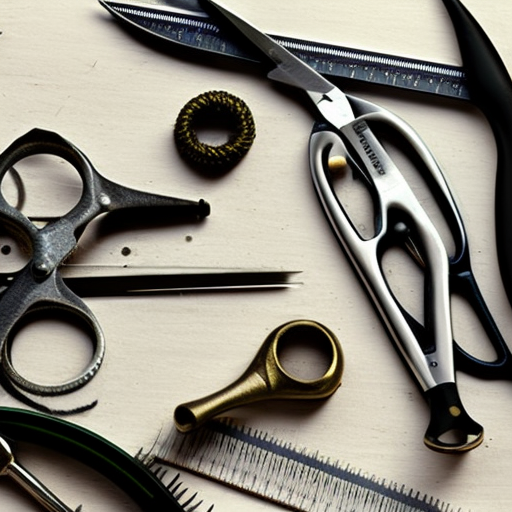
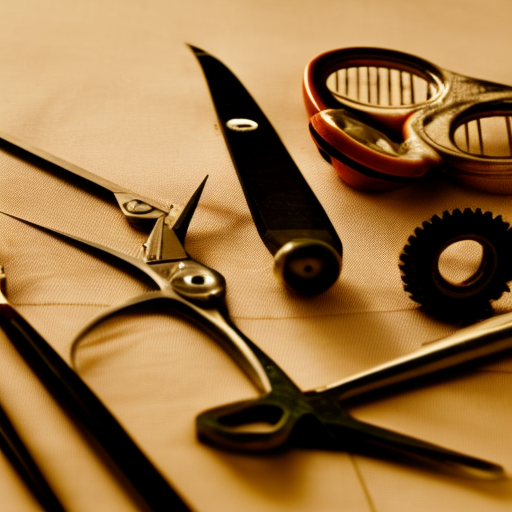
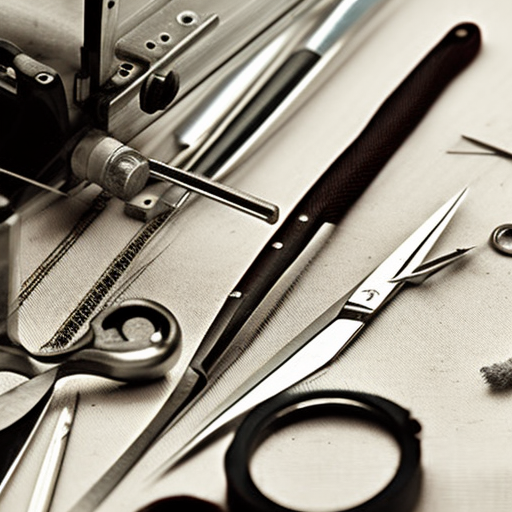
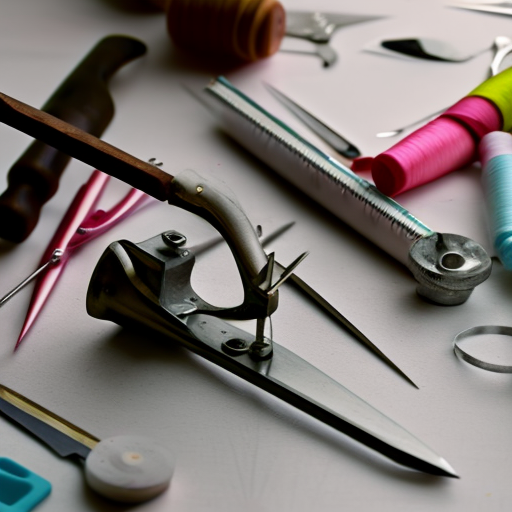
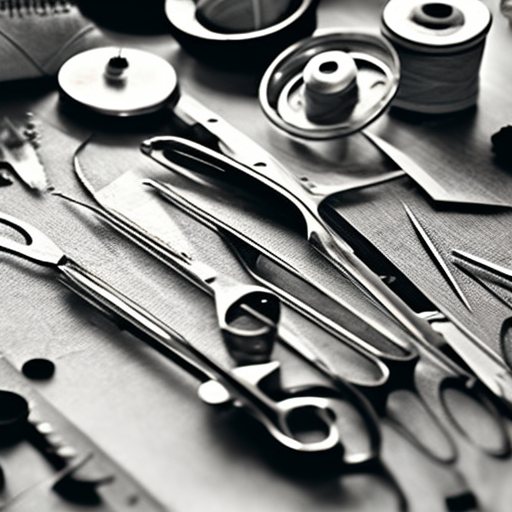
Very cool! Perfect for any Portland-based crafter!
This is a great resource for any crafter! It’s so helpful to be able to identify each specific tool with their name, and the drawing helps visualize exactly where they go. Being able to access this information quickly and easily makes any project much smoother and more efficient.
Absolutely beautiful! Nice work on the illustration too!
Sharp illustration and very helpful! The names and visual of the tools will make sure that crafters have the knowledge and tools to start any project with confidence. Thank you for putting together this useful guide for everyone!